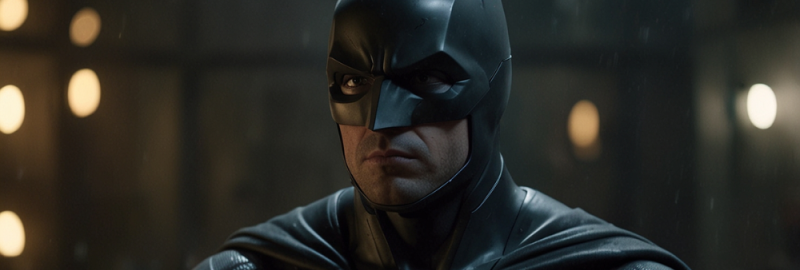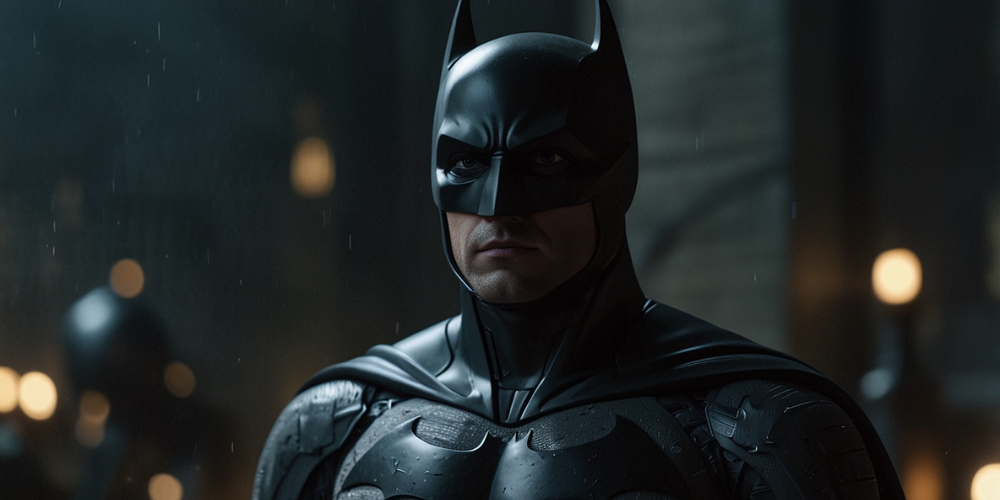
The exploration of the Batman character has been a rich vein for filmmakers over the decades, with each iteration depicting various facets of the enigmatic figure known as Bruce Wayne. In the latest incarnation of this iconic character, Matt Reeves offers a refreshing and profound vision, showcasing the darker nuances of Batman's psyche. Starring Robert Pattinson, this rendition seeks to delve deeper into the emotional realm of the character, presenting a Batman that is not merely a warrior against crime but a figure grappling with profound sorrow and unresolved trauma. Through unique storytelling and artistic choices, Reeves redefines the essence of the caped crusader, carving out a narrative that resonates on a human level. Below, we explore how Reeves' approach to Batman diverges from the conventional portrayal, revealing the layers that make this story both compelling and relatable.
The Legacy of Bruce Wayne
Bruce Wayne, the man behind the mask, carries the burden of his family's legacy, which shapes his identity and mission. Rather than presenting Batman as an already perfected figure, Reeves underscores his struggles and vulnerabilities, making his journey one of exploration rather than predestination.
A Shifting Perspective
Each director has left their mark on the Batman saga, but Reeves has taken a notably different path by emphasizing the internal chaos of Bruce Wayne. His film aims to capture the essence of a hero who is still in the process of understanding himself, rather than one who has come to terms with his past.
The Weight of Trauma
Central to Reeves' interpretation is the haunting presence of trauma that consistently affects Wayne. The loss of his parents and the ensuing grief are not just plot points but foundational aspects that mold Bruce's outlook and behaviors. According to Reeves, this pain is both a driving force and a source of eternal struggle.

An Inner Turmoil
Unlike previous portrayals that may have brushed over Wayne's emotional battles, Reeves’ narrative places significant focus on his internal state. It’s not a triumphant story of conquering obstacles, but rather a raw depiction of ongoing strife, making it clear that Bruce's journey is one of relentless questioning.
A Complex Hero
The complexities of Batman are laid bare, showcasing not only the heroism but the deep-seated psychological repercussions of his past. Reeves wants audiences to understand that Bruce's life as a vigilante stems from a painful quest for meaning.
The Concept of American Royalty
In his storytelling, Reeves draws parallels between Bruce Wayne and figures from American aristocracy. Just as members of families like the Kennedys navigate public scrutiny in the face of tragedy, Bruce is portrayed as a character caught in the spotlight of his lineage, struggling to find his individual identity amidst external expectations.
A Divergent Evolution
Matt Reeves opted to depict Batman at a formative period in his life. This choice encapsulates a version of Bruce who is still grappling with his dual identity, setting a precedent that emphasizes growth and personal development rather than established heroism.
The Role of Public Perception
The societal gaze plays a crucial role in Reeves' narrative, further complicating Bruce's journey. This aspect examines how external perceptions can impact an individual's quest for self-discovery, echoing real-world themes that resonate with audiences.

A Detached Dark Knight
Pattinson's portrayal of Batman showcases a darker, more detached persona. The character is not the charismatic figure seen in previous films; instead, he embodies a complex individual struggling to cope with his pain, which adds a layer of relatability to this superhero.
The Lack of Self-Actualization
In stark contrast to traditional narratives that showcase a protagonist achieving self-actualization, Reeves emphasizes an ongoing struggle. The journey is portrayed as one where Bruce is not yet fully formed, which allows viewers to engage deeply with his character.
Struggling with Identity
Much of the emotional weight of the film centers on Bruce’s inability to wield his public persona effectively. Unlike earlier iterations where Bruce Wayne is celebrated for his charm and poise, this version reflects a man who is yet to recognize the potential of his public identity as a mask, reinforcing his ongoing development.
Emotional Rawness
Reeves has crafted an emotionally charged narrative that brings the audience into Bruce Wayne’s internal conflict with authenticity. This rawness offers a refreshing break from the idealized hero trope that often accompanies superhero films, inviting viewers to connect with the more human aspects of Wayne's story.
A Reflection of Society
Reeves’ film goes beyond personal trauma, tying Bruce's struggles to broader societal narratives. It examines how individuals cope with tragic histories while under public scrutiny and the expectations that come with fame and lineage.
The Cultural Significance of Batman
The Batman character has always carried cultural weight, often reflecting societal issues through its tales of justice and morality. Reeves amplifies this aspect by infusing contemporary relevance into Bruce's story, making it poignant in today’s context.
The Future of Batman
As Reeves paves a new path for Batman's narrative, it opens up possibilities for future explorations of the character. The themes presented lay the groundwork for further diving into Bruce Wayne’s psyche, potentially influencing subsequent portrayals in cinema.
In summary, Matt Reeves' vision of Batman, as seen through Robert Pattinson's lens, not only reinterprets a beloved superhero but also confronts raw emotional truths. This rendition challenges viewers to consider the burden of legacy, trauma, and identity. The Batman is no longer just a figure in a mask; he is a poignant reflection of human struggle and resilience, making his story relevant to the complexities of life itself.